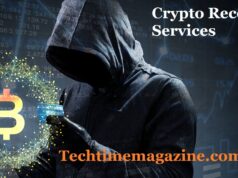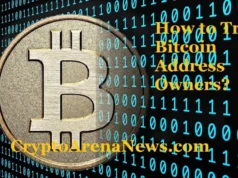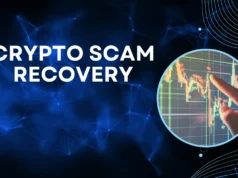In recent years, institutions like the World Bank have taken a significant interest in #stablecoins as a way to help their countries maintain some control over their money supply.
Stablecoins
Stablecoins are digital assets that are designed to maintain a fixed price within a specific range. The most famous example of this is Tether (USDT), which claims that 1 USDT equals 1 USD. Another popular stablecoin is TrueUSD (TUSD), which claims that 1 TUSD equals 1 U.S. dollar on any given day. Both USDT and TUSD have trade volumes comparable to major cryptocurrencies like Bitcoin (BTC) or Ethereum (ETH).
Stablecoins are intended to provide an alternative to volatile cryptocurrencies such as Bitcoin and Ethereum, which can experience wild fluctuations in value due to factors such as speculation and market manipulation by bad actors. Stablecoins, by contrast, are backed by real-world assets such as fiat currency or gold reserves held by major banks globally.
What Causes a Stablecoin to Be Stable?
A stablecoin is a cryptocurrency that has a fixed value, or parity, with another currency. In the case of real-world currencies, this is usually the U.S. dollar or some other fiat currency. A stablecoin can be thought of as an alternative to cryptocurrencies like bitcoin and ether, which have prices that can fluctuate wildly.
The idea behind stablecoins is to give people confidence in their holdings. You may not want your Bitcoin to go up or down by 10% every day, but you still want to know that your 1 BTC will always be worth at least 1 BTC because it’s backed by something else (like gold).
Of course, there’s no guarantee that the value will stay constant forever, but at least you know it won’t go down as much as it could if you’d bought Bitcoin without knowing what its future prospects were going to be like.
Stablecoins are also useful when traditional banks start using cryptocurrencies instead of fiat currencies for transactions. If you want to buy something from someone who doesn’t accept USD but still wants a way to pay them back in USD, then a stablecoin can help bridge those gaps between fiat.
Cryptocurrency & Blockchain:
The world of cryptocurrency and blockchain has seen many new types of digital assets emerge, with some of them being very innovative and unique. One such asset that stands out among all others is the stablecoin.

A stablecoin is an asset whose value is pegged to another asset—usually a fiat currency like US dollars or euros—that ensures its value remains steady over time. For example, a company might issue a stablecoin as a reward for its product and/or buying goods on its platform. This way, the value of the coin will remain steady over time, so users can always use it for transactions without worrying about losing money due to inflation or market volatility.
A Variety of Types:
There are several different types of stablecoins in the market today: fiat-backed, gold-backed, commodity-backed, and equity-backed tokens. Fiat-backed coins are backed by fiat currencies such as dollars or euros; gold-backed coins are backed by gold reserves; commodity-backed coins are backed by commodities like oil, and equity-backed tokens are backed by an underlying asset (usually real estate) that provides investors with dividends.
Finding The Best Stablecoin Development Company:
Stablecoins are a new kind of cryptocurrency designed to keep prices stable in the long term. They’re a great alternative to traditional cryptocurrencies like Bitcoin or Ethereum, which can change rapidly in value.
But finding the best stablecoin development company is not easy. There are many different kinds of companies offering services related to stablecoins, and it can be difficult to know whether they’re legitimate.
Here’s How You Can Find The Best Stablecoin Development Company For Your Needs:
Check out their social media accounts. You should be able to find their social media accounts on LinkedIn and Facebook, where they’ll likely showcase some of their projects and explain what they do. Check out their website if you can’t find them on social media.
Ask around at conferences or meetups in your area if you don’t see them online anywhere else.













